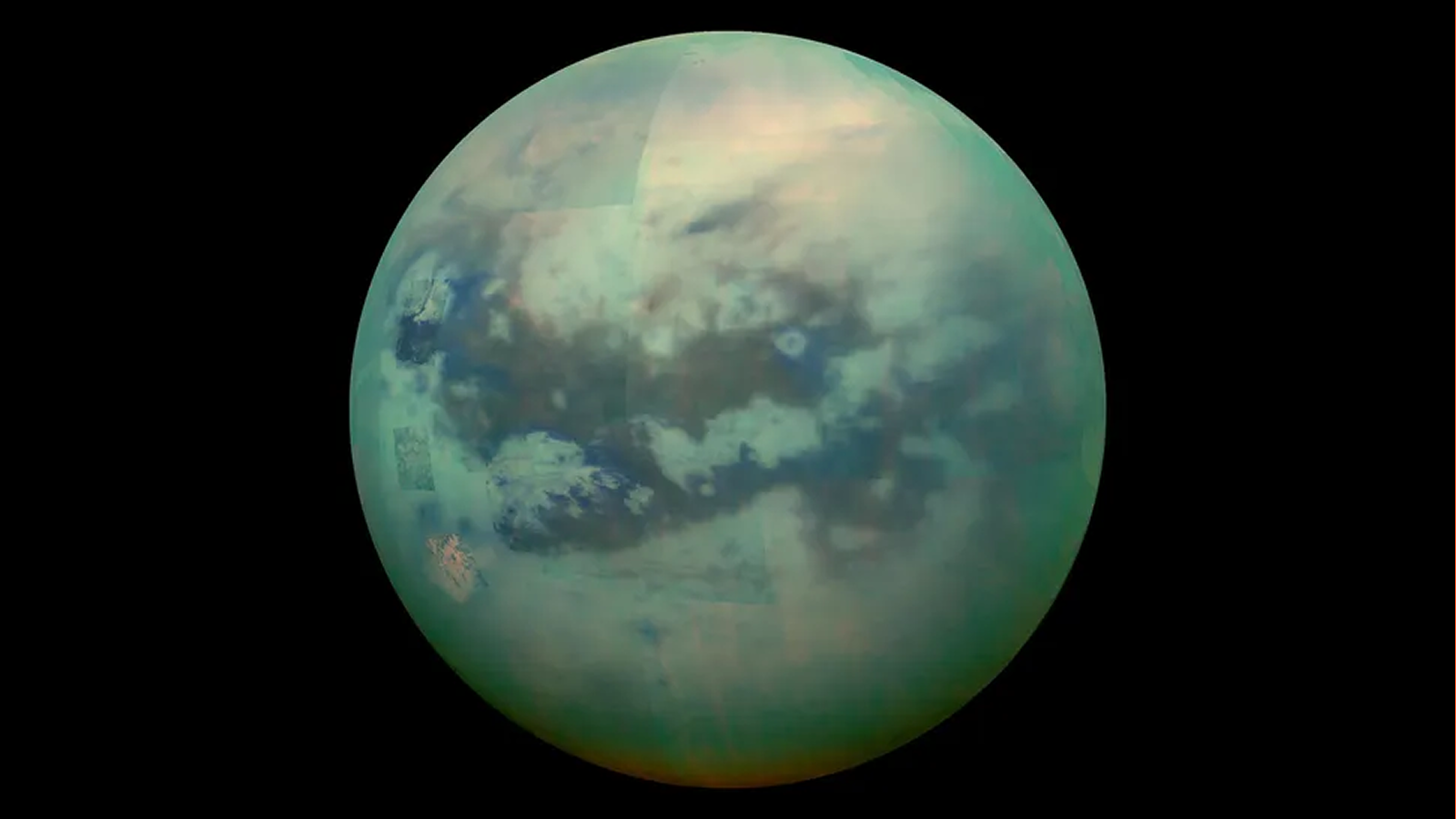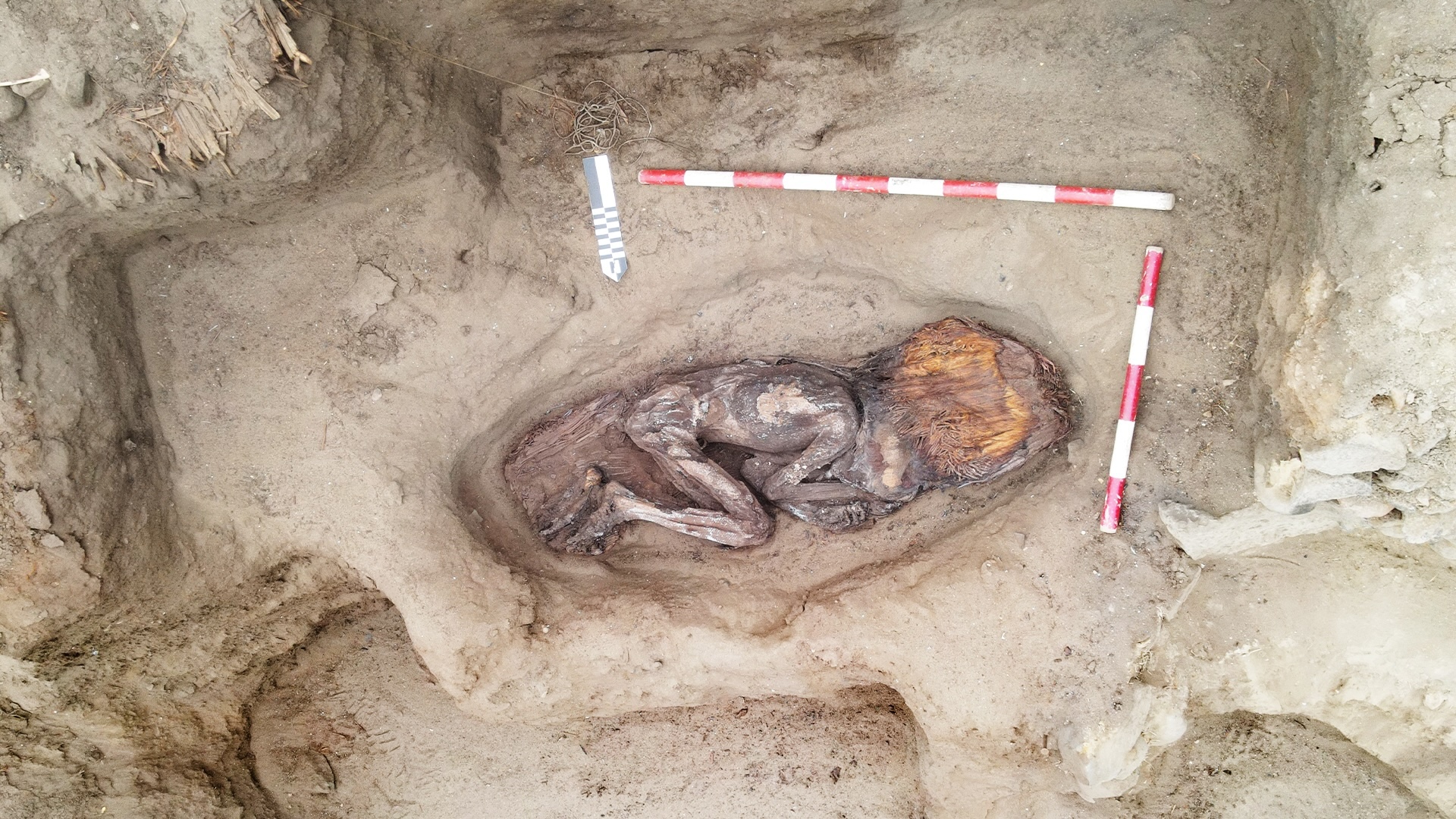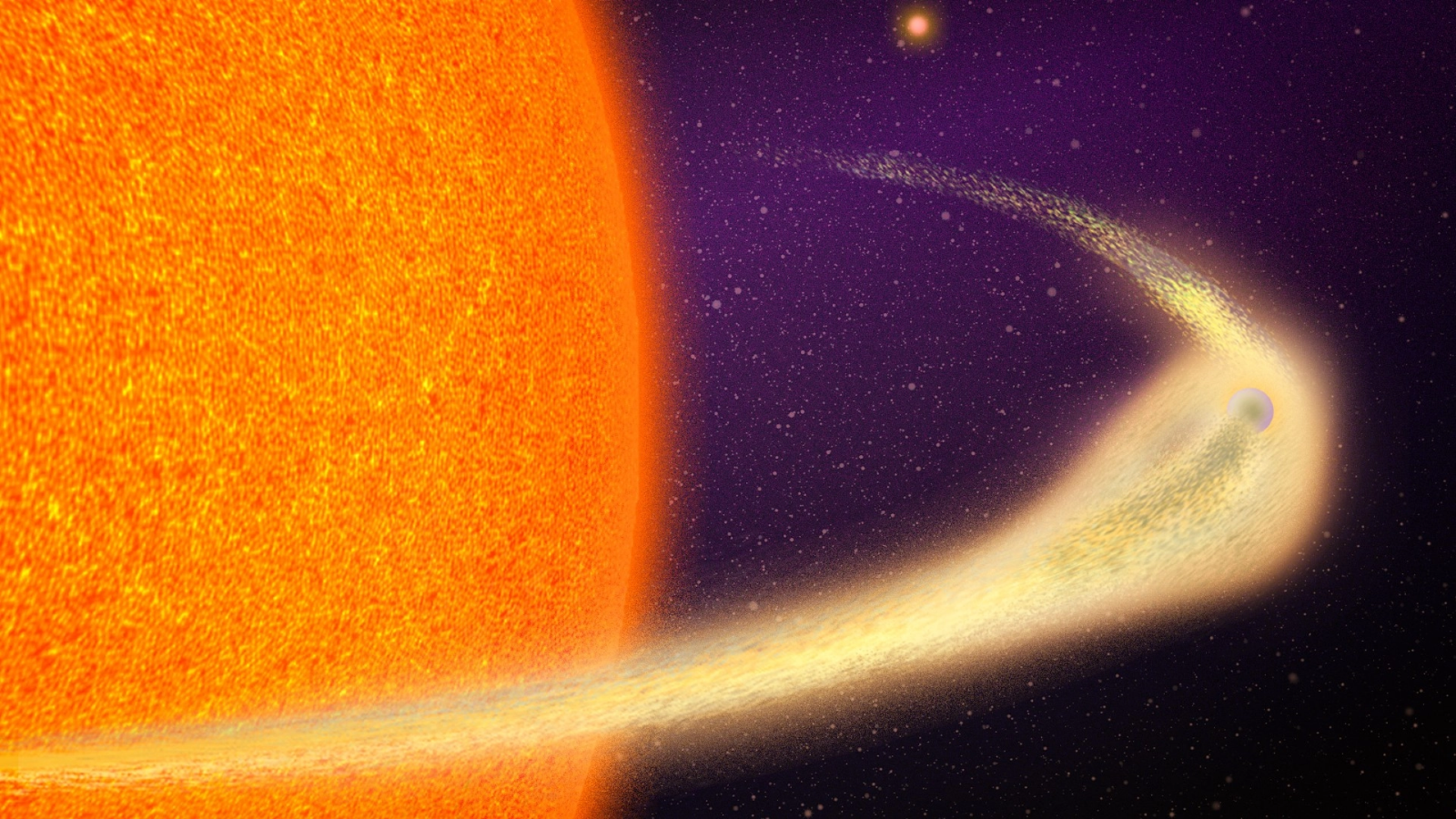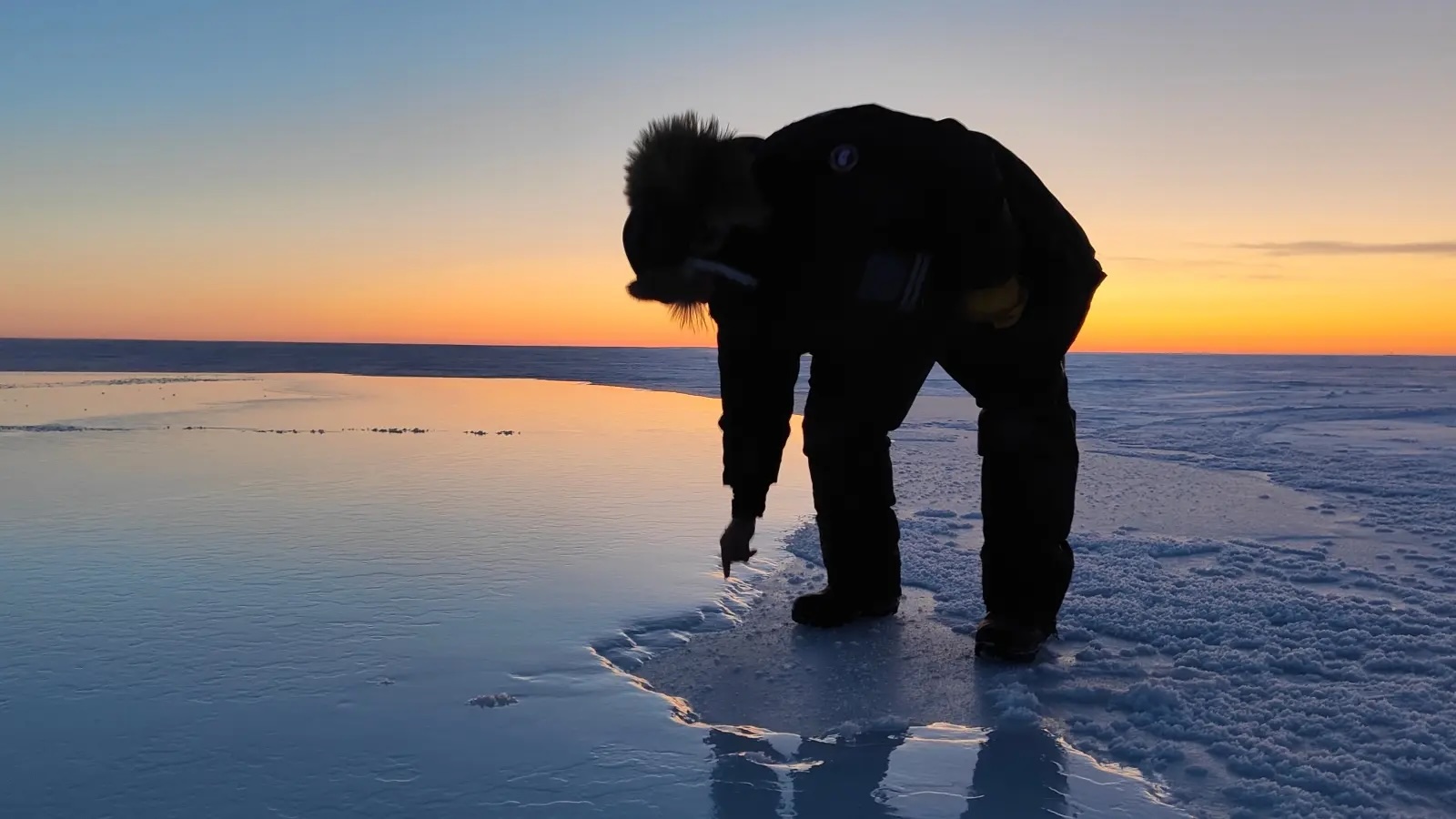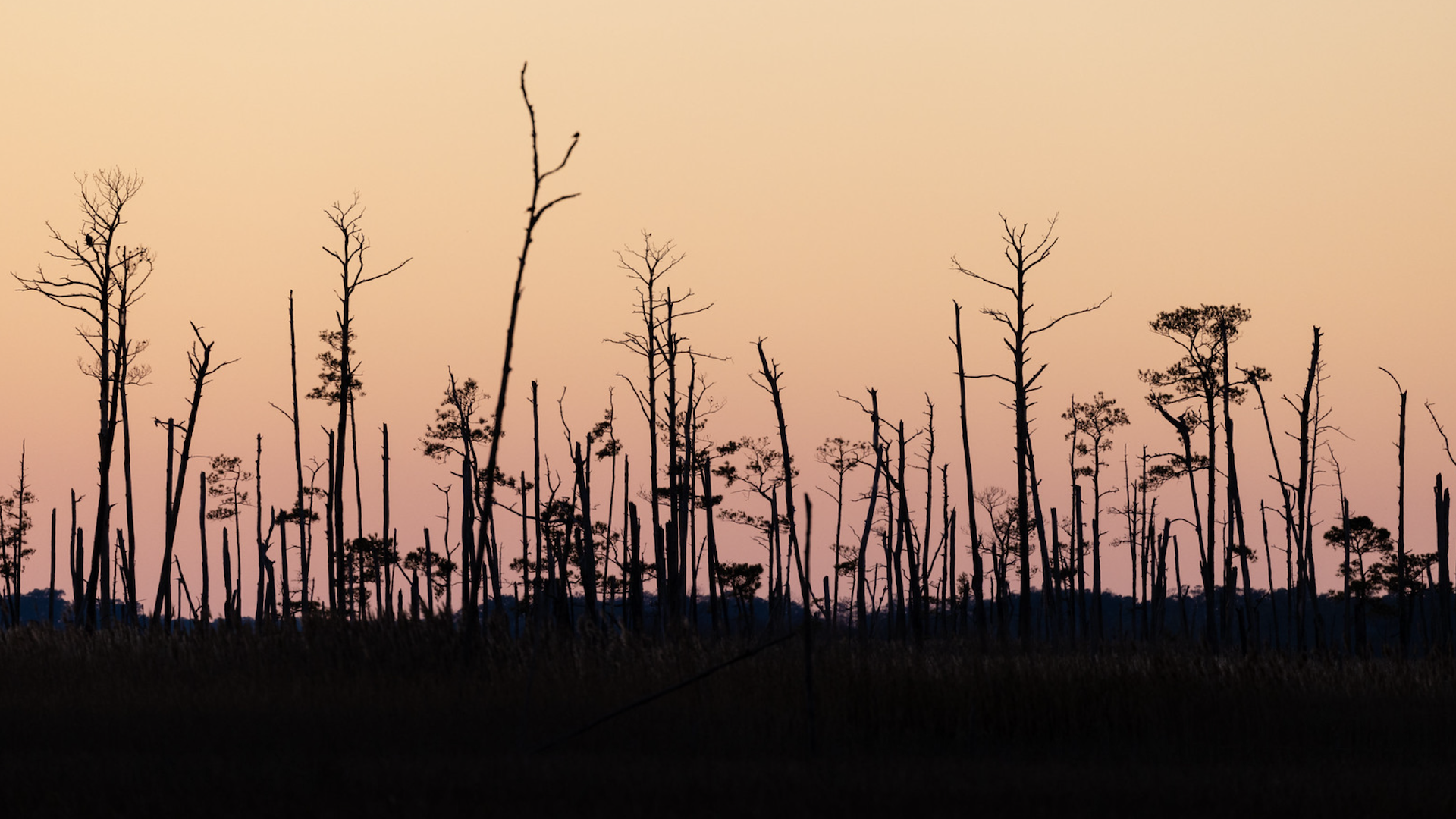Ancient duck-like creature discovered in Antarctica may be the oldest modern bird ever discovered
A new and nearly complete skull of Vegavis iaai discovered in Antarctica suggests that modern birds originated before the end-Cretaceous mass extinction.
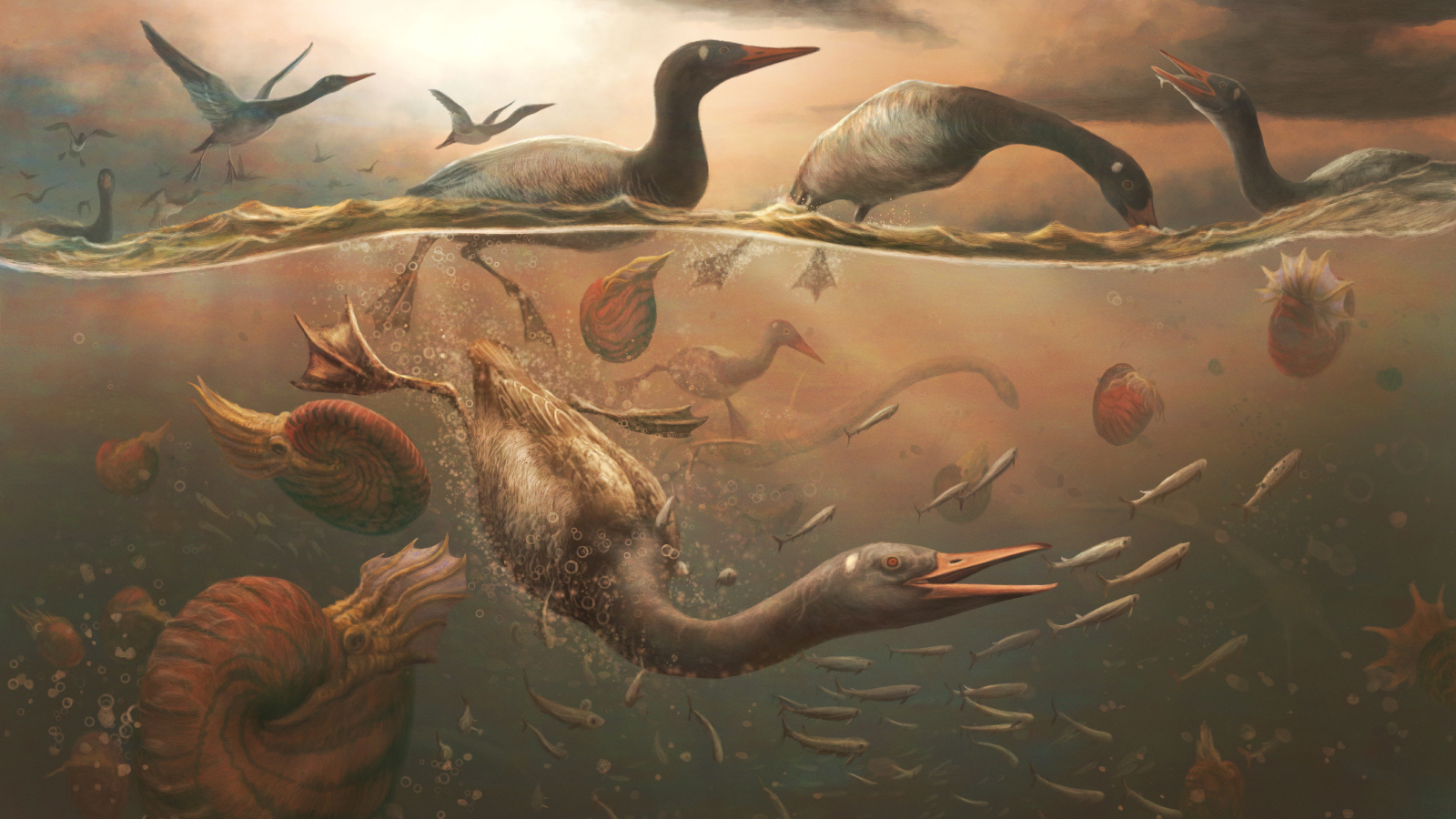
Scientists in Antarctica have discovered what may be the oldest modern bird ever found. The 69 million-year-old fossil could finally put a longstanding debate about the origin of modern birds to rest.
The nearly complete skull belongs to Vegavis iaai, a waterfowl species believed to be the ancient relative of modern-day ducks and geese. The species lived at the same time as dinosaurs like Tyrannosaurus rex and may have survived the end-Cretaceous mass extinction, the new study suggests.
Study co-author Julia Clarke, a paleontologist at the University of Texas, Austin reported the first V. iaai fossil found on Vega Island in Antarctica in 1992. The fossil was around 66 million to 68 million years old. She proposed that the species is linked to modern birds, especially waterfowl. But not everyone was convinced as scientists were missing a key piece of the puzzle — the creature's skull.
"[The initial fossil] was just a completely different part of the skeleton. And when it comes to birds, the skull has a lot of phylogenetic or informative characteristics that tell you what it is," study co-author Patrick O' Connor, an evolutionary biologist at Ohio University, told Live Science.
Related: How did birds survive the dinosaur-killing asteroid?
The new V.iaai fossil, estimated to be 68 million to 69 million years old, was found during an expedition in 2011, but has only now been analyzed. The study was published Wednesday (Feb. 5) in the journal Nature.
The discovery of the new skull enabled scientists to learn more about this species and how it fits in the bird family tree. They found that, unlike pre-modern birds that existed during the Jurassic and Cretaceous periods (201.3 million to 66 million years ago), V. iaai has features that are similar to birds that exist today — including a brain shape typical of modern birds, and a unique bone in the upper beak. The upper beak of most pre-modern birds is made of a single bone, called the maxilla, with a little bit of another type of bone, pre-maxilla, at the tip.
Sign up for the Live Science daily newsletter now
Get the world’s most fascinating discoveries delivered straight to your inbox.
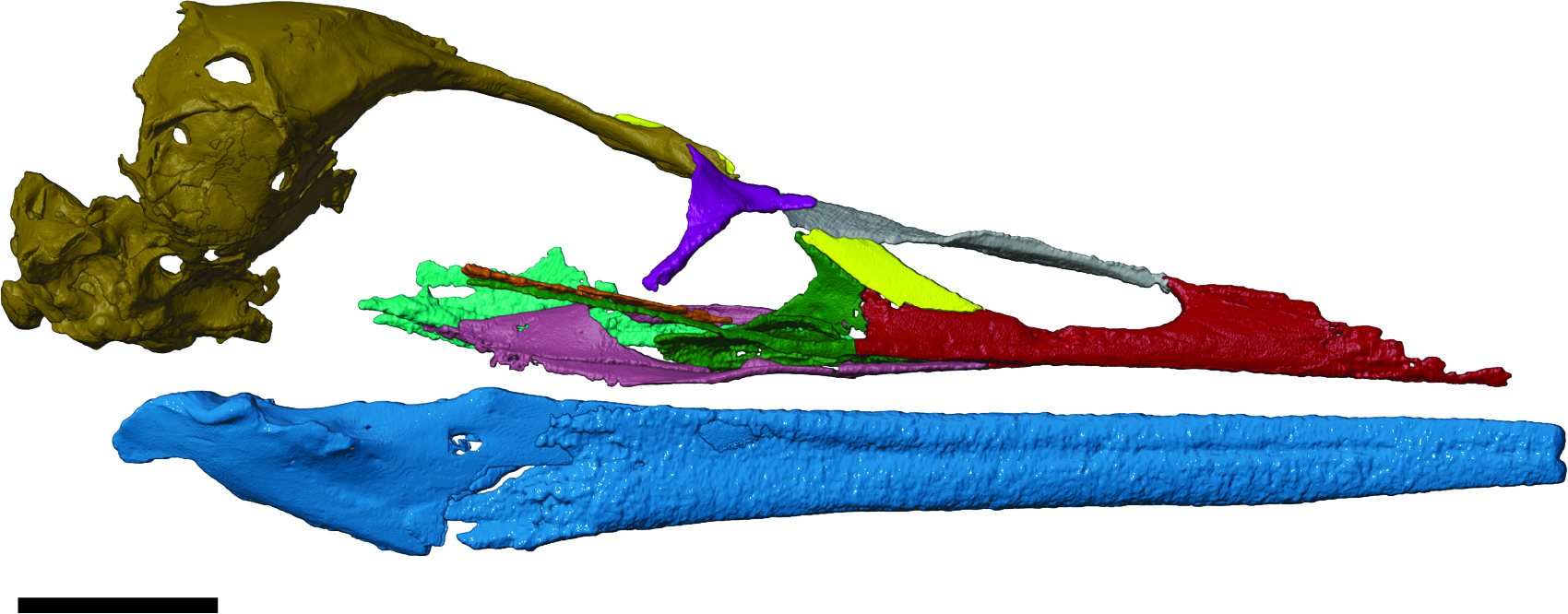
"When we looked at the Vegavis, it's the pre-maxilla all the way. The maxilla is tiny, which is exactly what we expect from modern birds," study co-author Christopher Torres, a paleontologist at The University of the Pacific in Stockton, California, told Live Science.
Using a 3D reconstruction, the scientists showed that the bird had a long, narrow beak enhanced with powerful jaw muscles, much like modern diving birds use to catch fish.
"Seeing how specialized the skull was, for me, the most impactful," Juan Benito Moreno, a paleontologist at the University of Cambridge who was not involved in the study, told Live Science. "It was surprising to see an incredibly niche ecological feature so early in the evolution."
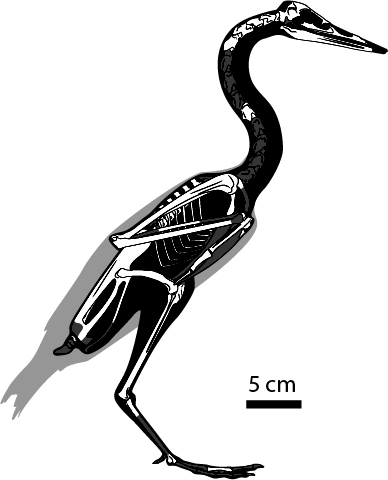
The giant asteroid that hit Earth at the end of the Cretaceous period (145 million to 66 million years ago) drove all nonavian dinosaurs to extinction. Landfowls (Galliformes) and waterfowls (Anseriformes) were among the earliest modern birds that existed in the age of dinosaurs.
While rapid evolution took place after the mass extinction, "studies that look at genomic comparisons of modern birds predict that the earliest divergence happened prior to that mass extinction," Torres said. "But their fossil record is extraordinarily scarce."
While the evidence pointing to V. iaai being associated with modern birds is strong, it's still not clear whether it really is a relative of modern ducks and geese, he said.
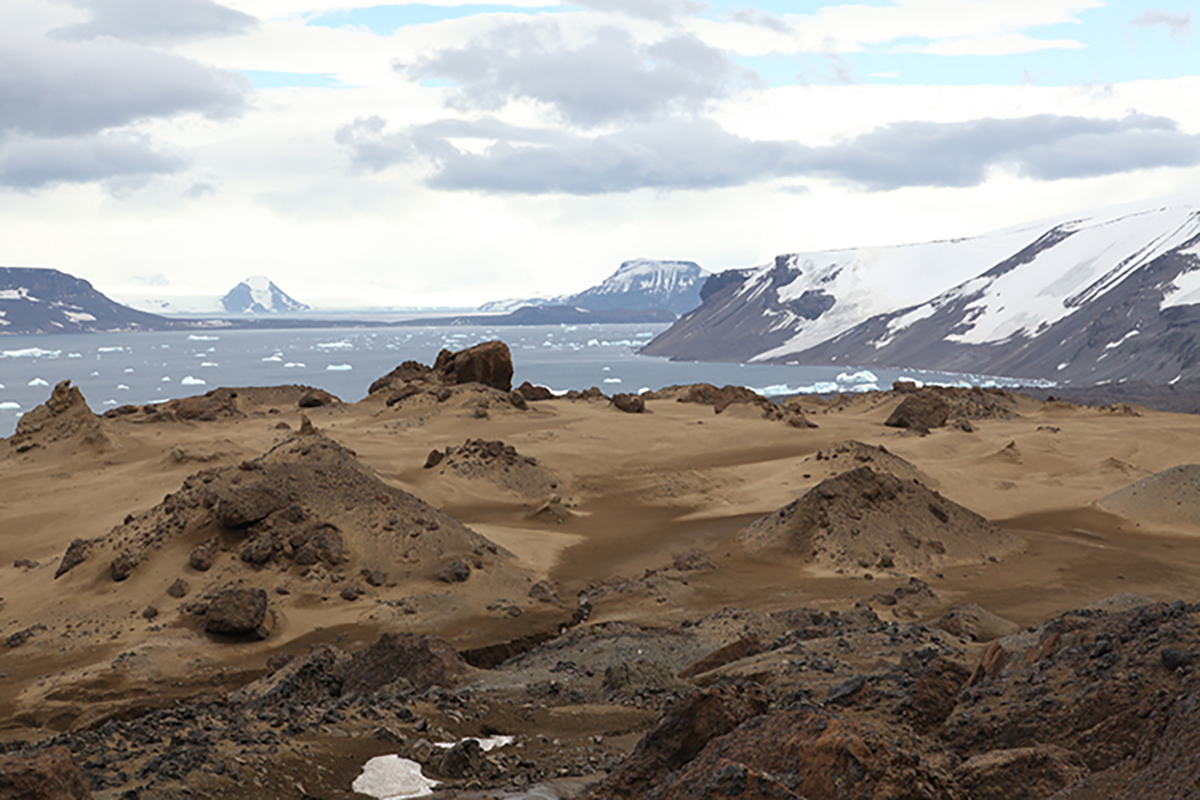
Daniel Ksepka, a paleontologist at the Bruce Museum in Connecticut who was not involved in the study, agreed. "Vegavis seems to have been a bit of an odd duck," he told Live Science in an email. "Provided the phylogeny is correct, a duck-like bill must have either evolved during the Cretaceous Period but been lost by Vegavis, or evolved multiple times independently. It will be interesting to see if future fossils confirm one of these scenarios."
V. iaai existed when global temperatures were far higher than they are today, and when Antarctica had a temperate climate and was covered in vegetation. Its distance from the asteroid impact may have provided the species with some protection from the devastation that followed.
For O' Connor, this study is the beginning of more discoveries to be found in the Cretaceous rocks of Antarctica. "The bird story is great, but we have other group[s] of animals, and, importantly, plants, that we can track through that mass extinction event that really let us get a better handle on ecosystem response to a global environmental perturbation," he said.

Kristel is a science writer based in the U.S. with a doctorate in chemistry from the University of New South Wales, Australia. She holds a master's degree in science communication from the University of California, Santa Cruz. Her work has appeared in Drug Discovery News, Science, Eos and Mongabay, among other outlets. She received the 2022 Eric and Wendy Schmidt Awards for Excellence in Science Communications.
You must confirm your public display name before commenting
Please logout and then login again, you will then be prompted to enter your display name.

